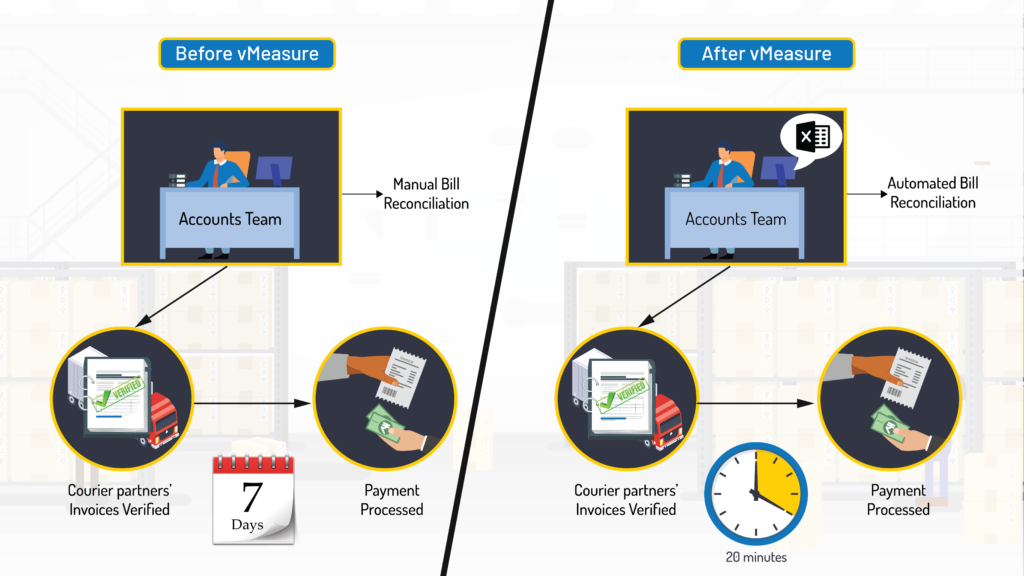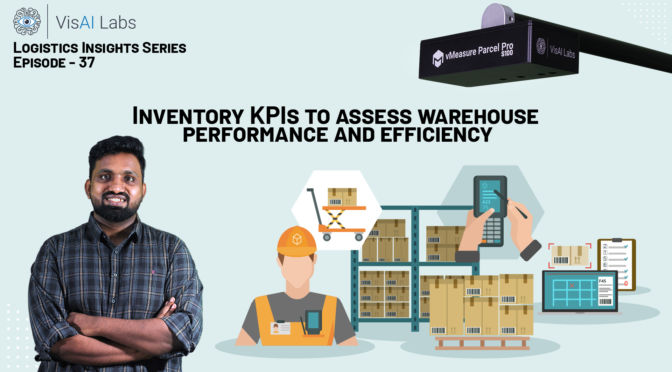Would you like to know why setting an adequate inventory KPI can help you run your business more efficiently?
What do you think you’ll take away from this episode?
Relevant links:
Podcast Transcript:
Today we going to discuss the top inventory KPIs to assess warehouse performance and efficiency.
Inventory KPIs are all about how much stock you have in your warehouse.
They’re ideal for keeping track of how your product is moving.
Inventory accuracy, shrinkage, carrying cost of inventory, inventory turnover, and inventory to sales ratio are all standard inventory KPIs.
Inventory accuracy. The amount of inventory tracked and physically present in a warehouse is referred to as inventory accuracy.
Also, Inventory tracking is usually done automatically with the help of a warehouse management system or goods management system, although this number does not always correspond to the amount of inventory that is physically present in the warehouse.
This could be due to theft, damage, miscalculations, supplier shortages, and so on.
This is called Shrinkage. Shrinkage is one type of inventory accuracy mismatch.
Excess inventory is described as merchandise that is documented in accounting but is no longer physically available due to theft, damage, or accounting errors.
This KPI will show you how much inventory is missing from your warehouse due to those circumstances.
Next, The frequency with which your inventory is sold is referred to as inventory turnover.
A more excellent score suggests more successful sales, whereas a lower value indicates less successful sales.
Inventory turnover is measured in two ways: dividing the number of sales made by the average inventory or dividing the cost of items sold by the average inventory.
This is Alphonse, the Product Manager of VisAI Labs, And that’s the logistics insight for today.






